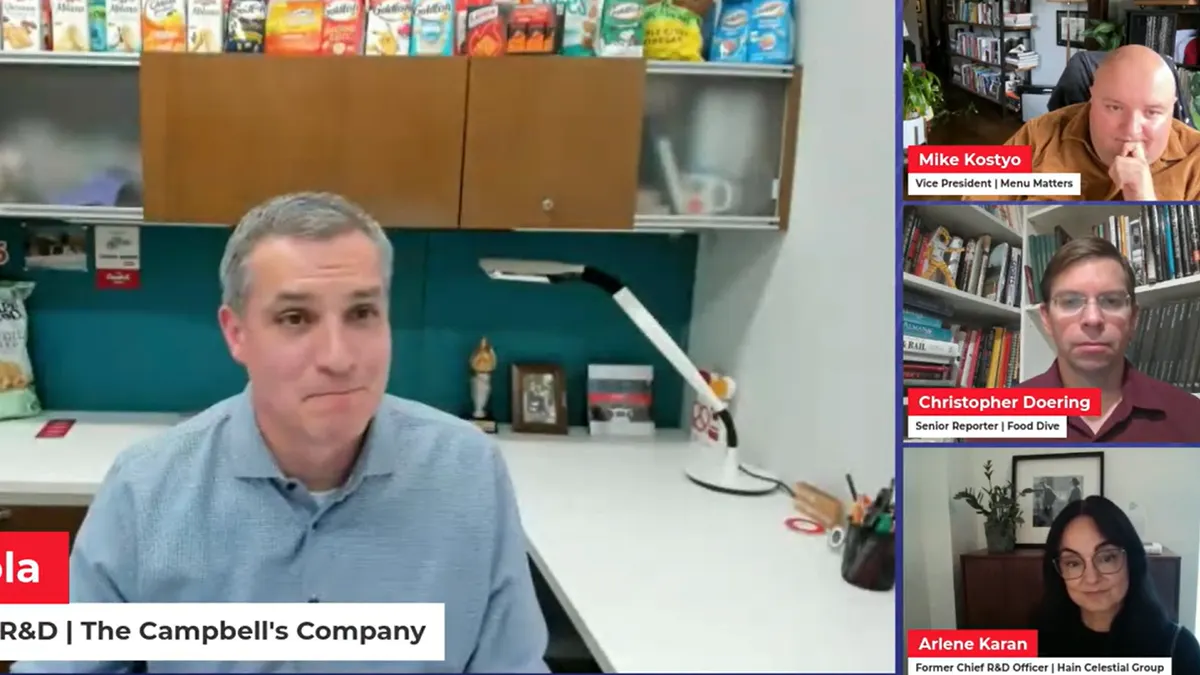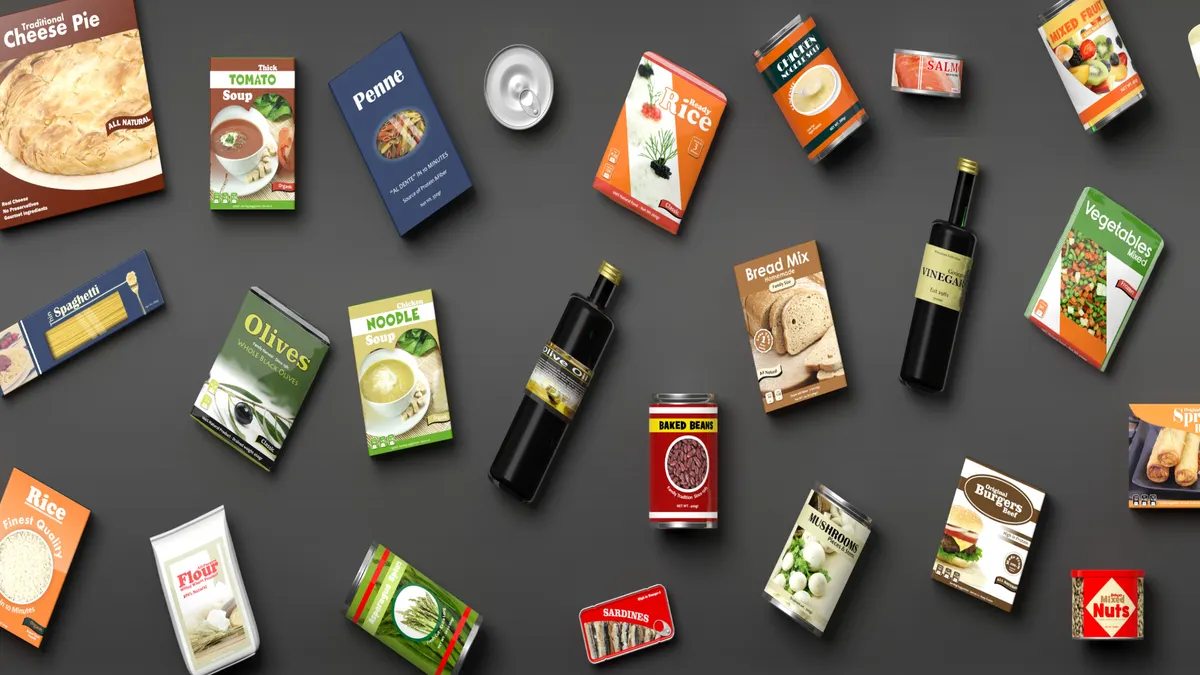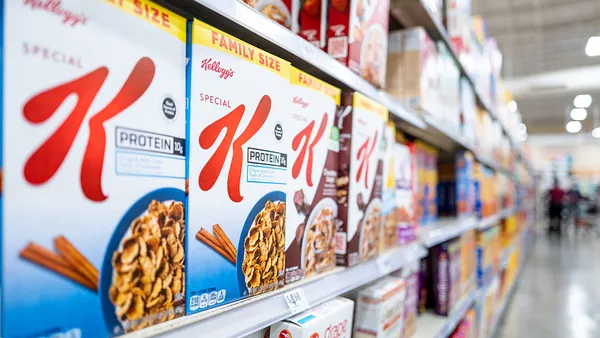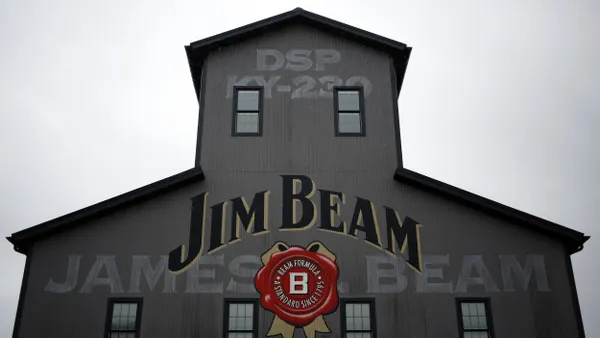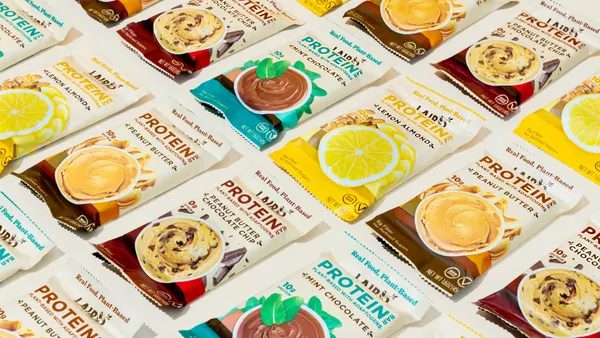Dive Brief:
- Wrigley and Mars Chocolate North America launched Transaction Zone Vision in 2015 to help retail partners improve sales and customer engagement, and the companies recently detailed their shared strategies and results, according to a news release.
- One participant, a major national retailer, applied the Wrigley and Mars Chocolate's recommendations for a redesigned self-checkout that resulted in a 20% sales increase for need-state items. That included growth in unit sales, household penetration and basket size.
- The two companies have additional insights in the works for a 2017 release, including how retailers can "better understand shoppers' behavior while in line, or 'queuing,' and maximize conversion during that part of the shopping trip," according to the news release.
Dive Insight:
Retailers have struggled to adapt to self-checkouts and online grocery ordering and delivery services without sacrificing opportunities for impulse buys at checkout.
While a retailer-facing partnership might not be the first expected partnership from the now-combined Mars and Wrigley operations, the benefits retailers can derive from these insights also extend to Mars and Wrigley products. If these manufacturers of impulse-buy products such as confections and snacks can determine how to drive need-state sales at retailers, their products could be among those that consumers purchase or become more engaged with in modern checkout settings.
Some retailers have begun experimenting with the complete removal of the checkout counter system. San Luis Obispo, CA-based retailer California Fresh Market recently was the first U.S. grocery store to offer a store app that enables consumers to scan barcodes and add products to their total purchase, monitor their running total, and check on specials and other information. Shoppers complete their purchases by scanning a QR code located at the front of the store.



